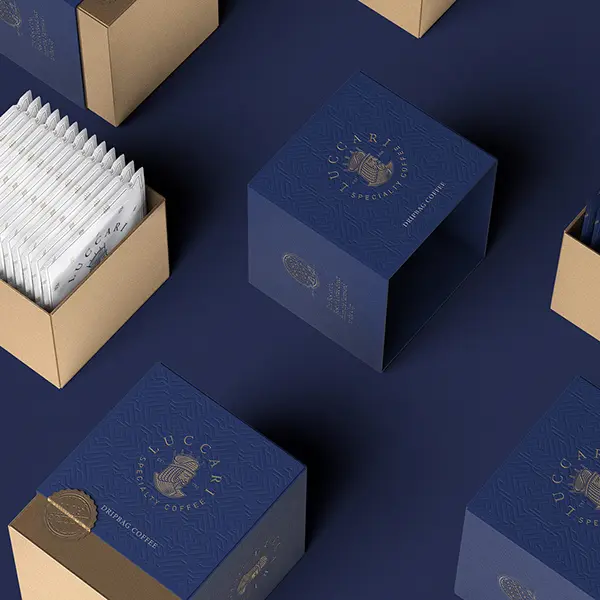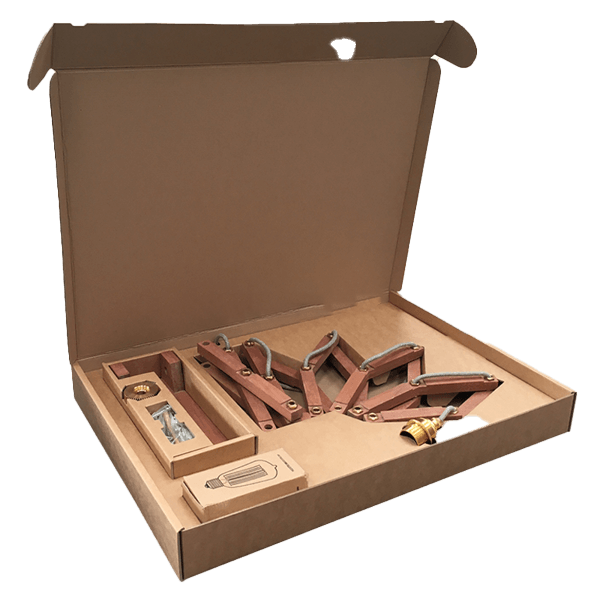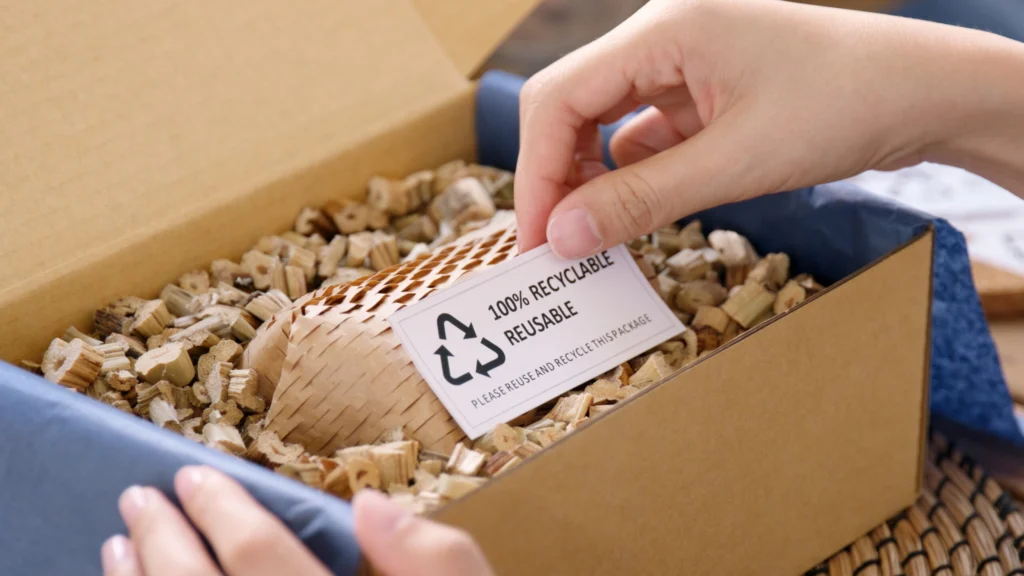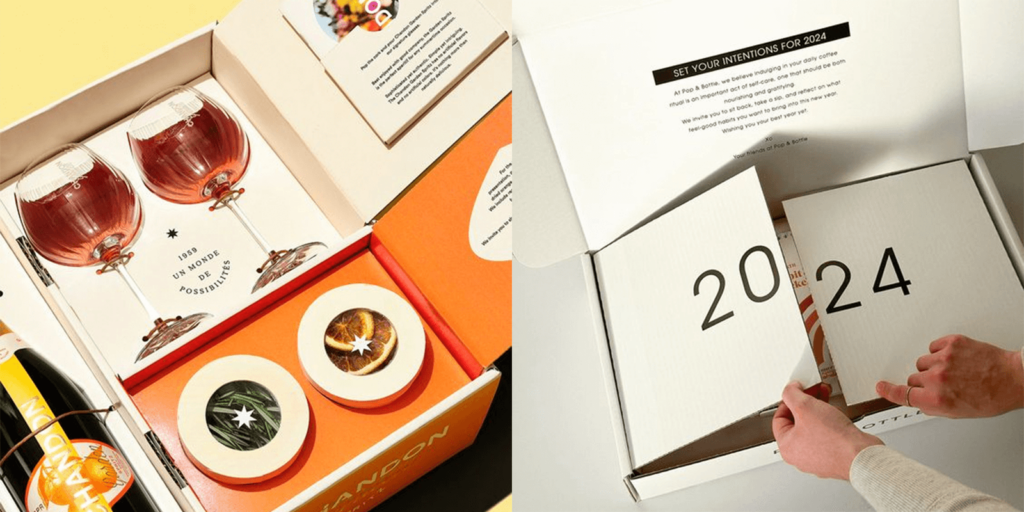The Importance of Choosing the Right Packaging for Your Products
In today’s competitive marketplace, where consumers are bombarded with choices, the packaging of your product can make or break its success, so you can see packaging as a strategic investment. While many businesses focus on the quality and functionality of their products, they often overlook the critical role that packaging plays in attracting customers, protecting the product, and enhancing brand identity. In this article, we’ll explore why choosing the right packaging is essential for your business and how it can impact your bottom line.
1. First Impressions Matter: Packaging as a Silent Salesperson
Your product’s packaging is often the first point of contact between your brand and potential customers. It serves as a silent salesperson, communicating your brand’s values, personality, and promise. A well-designed package can catch the eye of shoppers, convey professionalism, and differentiate your product from competitors on crowded shelves.
For example, luxury brands like Apple invest heavily in sleek, minimalist packaging that reflects their premium image. On the other hand, eco-friendly brands might use sustainable materials to appeal to environmentally conscious consumers.

Sleek and minimalist packaging design used by luxury brands.
When choosing packaging, consider the following:
- Target Audience: Who are you trying to attract? What appeals to them visually?
- Brand Identity: Does the packaging align with your brand’s story and values?
- Shelf Appeal: Will your product stand out among competitors?
2. Protection and Functionality: Ensuring Product Integrity
Beyond aesthetics, packaging plays a crucial role in protecting your product during transit and storage. Poorly designed packaging can lead to damaged goods, customer dissatisfaction, and increased return rates—all of which harm your reputation and profitability.
For instance, fragile items such as glassware or electronics require sturdy, shock-absorbent packaging to prevent breakage. Similarly, perishable goods like food or cosmetics need airtight seals and temperature-resistant materials to maintain freshness.

Sturdy and protective packaging for fragile items.
Key considerations for functional packaging include:
- Durability: Can the packaging withstand handling, shipping, and environmental factors?
- Material Choice: Are you using the most suitable materials for your product type?
- Ease of Use: Is the packaging convenient for customers to open and reuse?
3. Sustainability: Meeting Consumer Expectations
As awareness of environmental issues grows, more consumers are prioritizing sustainability when making purchasing decisions. According to a Nielsen study, 73% of global consumers say they would change their consumption habits to reduce their environmental impact. This trend has made eco-friendly packaging not just a moral choice but also a strategic one.
Brands that adopt sustainable practices, such as biodegradable plastics, recycled paper, or reusable containers, can build trust and loyalty among eco-conscious buyers. For example, Lush Cosmetics uses minimal, compostable packaging for many of its products, reinforcing its commitment to sustainability.

Biodegradable and recyclable packaging options.
To embrace sustainability in packaging:
- Opt for renewable or recycled materials.
- Minimize excess packaging to reduce waste.
- Clearly communicate your sustainability efforts on the package itself.
4. Enhancing Customer Experience: Unboxing Delight
The unboxing experience has become a significant factor in customer satisfaction, especially with the rise of e-commerce. A thoughtfully designed package can turn an ordinary purchase into a memorable moment, encouraging repeat business and positive word-of-mouth marketing.
Subscription box services like Birchbox excel at creating delightful unboxing experiences. Their packages often feature vibrant designs, personalized touches, and practical organization, leaving customers excited to see what’s inside.

Creative and engaging unboxing experience.
Tips for enhancing the unboxing experience:
- Include branded elements like stickers, thank-you notes, or samples.
- Use high-quality materials that feel luxurious to touch.
- Ensure the packaging is easy to open without compromising security.
5. Cost Efficiency: Balancing Quality and Budget
While investing in high-quality packaging is important, it’s equally vital to balance cost efficiency. Overly elaborate packaging can eat into your profit margins, while overly cheap packaging may compromise quality and perception, so you must see packaging as a strategic investment.
To strike the right balance:
- Conduct market research to understand what your target audience values.
- Work with suppliers to find cost-effective yet durable materials.
- Test different prototypes to ensure both functionality and affordability.
Conclusion: Packaging as a Strategic Investment
Choosing the right packaging is much more than selecting a box or wrapper—it’s a strategic decision that impacts every aspect of your business, from sales and customer satisfaction to brand perception and environmental responsibility. By focusing on design, functionality, sustainability, and cost efficiency, you can create packaging that not only protects your product but also enhances its value and appeal.
Remember, great packaging doesn’t just contain your product; it tells a story, builds trust, and creates lasting impressions. So, take the time to evaluate your packaging strategy—it could be the key to unlocking your product’s full potential.
